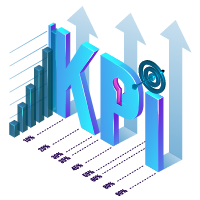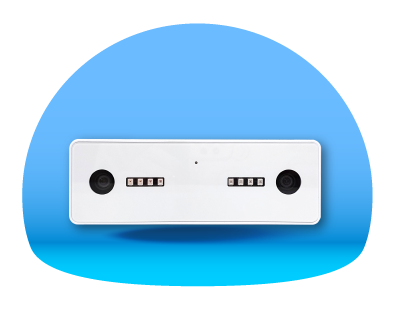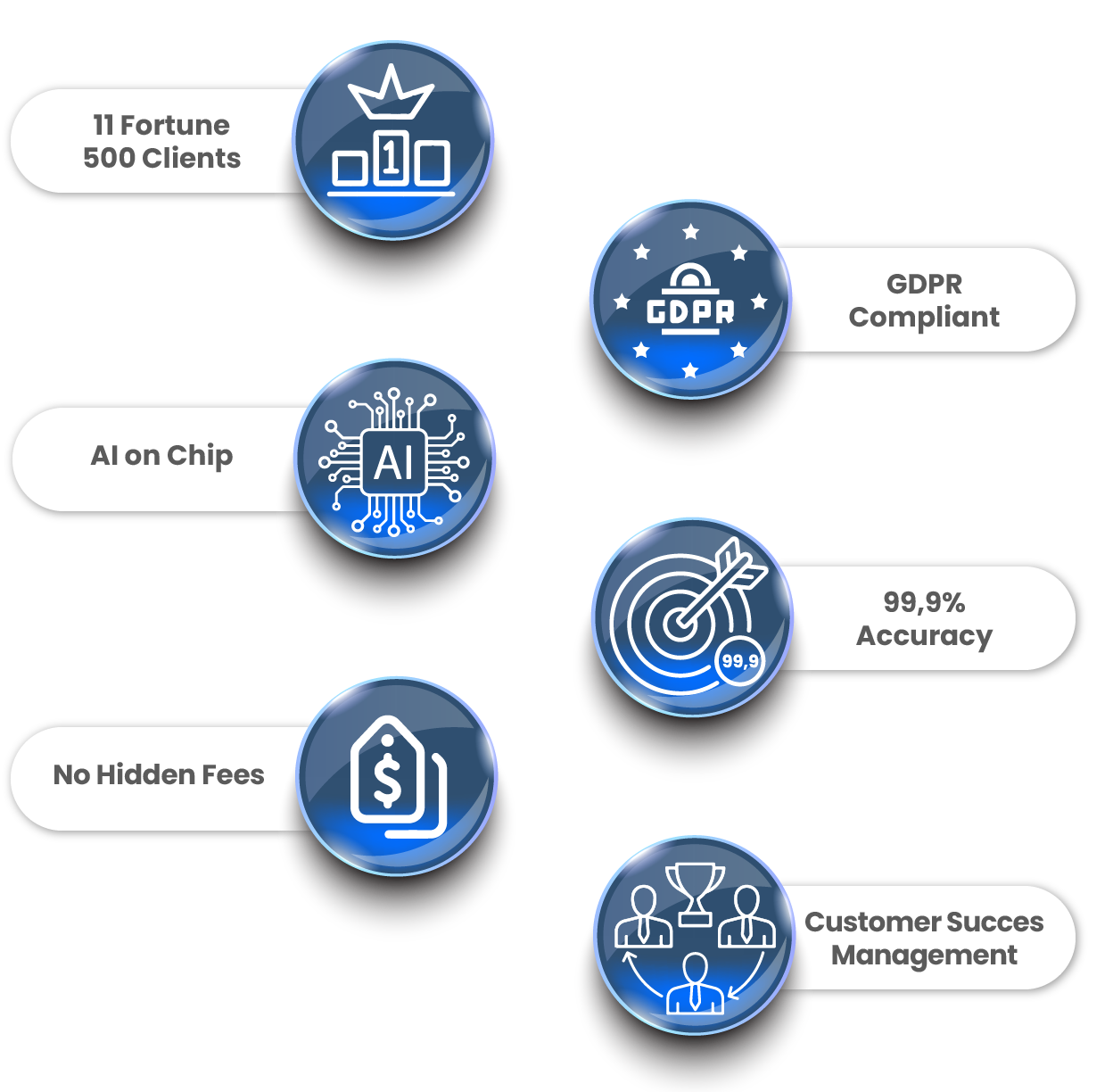
Banks can continuously measure footfall traffic and real-time occupancy within their branches, utilizing people counting technology to understand the number of individuals present at any given time. This data facilitates efficient staff deployment and resource management, ensuring optimal operations.
Identifying peak hours is crucial for banks to capitalize on sales and customer conversion opportunities. Leveraging bank people counters allows institutions to pinpoint the busiest periods, enabling them to adapt breaks and shifts accordingly for enhanced service during high-traffic times.
Measuring and increasing conversion rates are vital for banks to enhance operational effectiveness. By comparing the number of visitors to the successful completion of operations, banks can gauge and improve their conversion rates, ensuring a seamless and productive customer experience.
Benchmarking performance across branches provides banks with valuable insights. Identifying high-performing branches allows institutions to replicate successful strategies at less successful locations, promoting consistent quality and customer satisfaction throughout the chain.
Optimizing marketing strategies becomes more effective with continuous monitoring of visitor traffic to related departments. Banks can test the efficiency of new marketing initiatives, ensuring that promotional efforts align with customer behaviors and preferences.

Lowering rent costs is achievable through the analysis of street traffic using visitor analytics. Banks can negotiate better rental deals with property owners by presenting accurate data on street foot traffic, contributing to cost savings and improved overall financial efficiency.
Banks can enhance their understanding of customer behavior and preferences by incorporating advanced visitor analytics into their operations. This technology not only counts the number of people looking at their storefronts but also provides detailed insights into the duration of their attention, as well as the demographics such as age and gender.
By leveraging these analytics, banks can optimize the content and layout of their storefronts, tailoring them to the specific demographics of their audience. For instance, if a particular age group shows more interest in specific products or campaigns, banks can strategically design their displays to capture and maintain the attention of that demographic.
Understanding the gender distribution of storefront viewership allows banks to create more targeted and inclusive marketing campaigns. By tailoring promotions to appeal to different gender segments, banks can increase the effectiveness of their advertising efforts, and increase their revenue as a result.




































